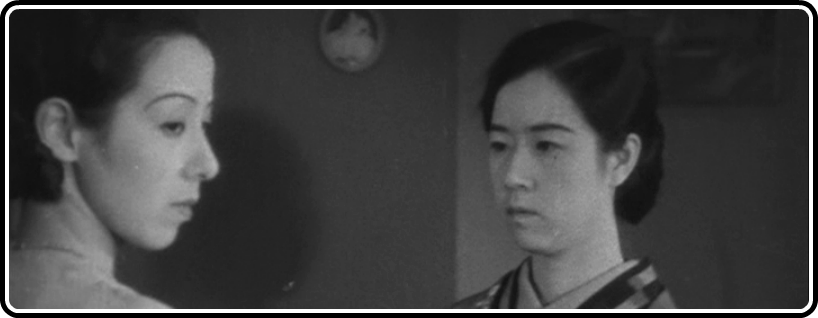
As I am in the midst of preparing for next weekend’s recording of Episode 2 of The Eclipse Viewer, I’ve been aware of a gap in my coverage of Eclipse Series 26: Silent Naruse in this column. I’ve already written up four of the films in that set (Flunky, Work Hard, Apart From You, Every-Night Dreams and Street Without End.) That leaves only No Blood Relation to be reviewed here, but now it puts me in the dilemma of not wanting to say all that I have to say about that film in this column, since I want to save my best stuff for the podcast without repeating myself too much. So this week’s post will serve mainly as an orientation to the film, as well as a teaser of sorts so that you Naruse fans (or Naruse-curious) will have a little incentive to tune in after Robert Nishimura, our guest commentator Scott Nye and I get ready to release our observations in early September on this terrific collection of early Japanese silent relics from the 1930s.
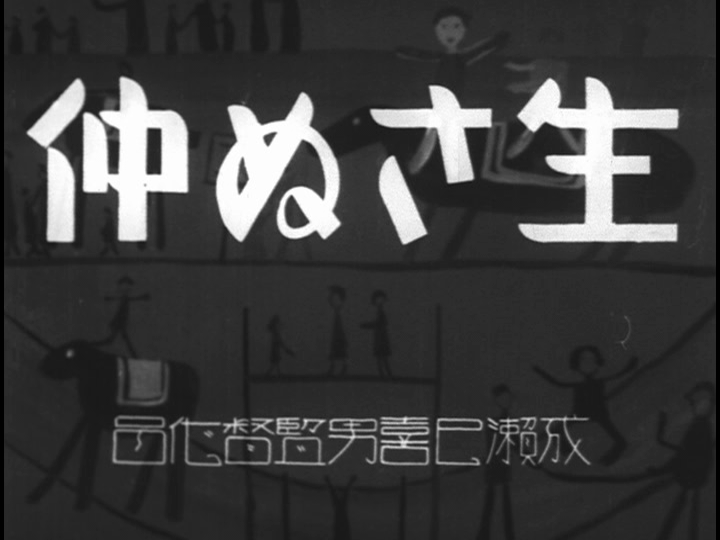
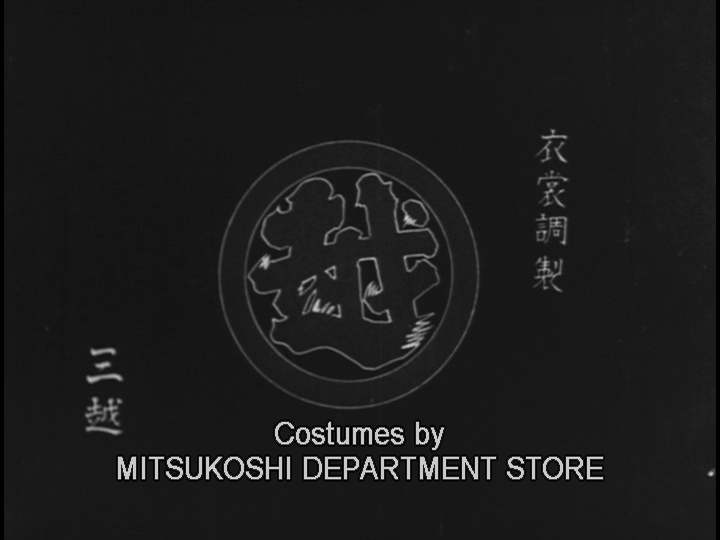
Even though it’s the last film I’ve discussed here, 1932’s No Blood Relation is the second-oldest title in the box, following the short film Flunky, Work Hard which was released nearly a year and a half earlier in the summer of 1931. While 18 months or so between pictures is considered a very prolific pace by today’s standards, the sad unalterable truth is that Naruse helmed six other films in that time span, each of which are now lost to posterity. The titles themselves offer tantalizing hints as to what we’re missing: Ladies, Be Careful of Your Sleeves (what kind of a dire warning is that?); Moth-Eaten Spring (sounds depressing); The Scenery of Tokyo with Cake (I assume that the inclusion of fine pastries can only help); Be Great! (how motivating!); Chocolate Girl (does she sell that candy, or is Naruse addressing some kind of ethnic/cross-cultural dilemma here?) and Crying to the Blue Sky (which does indeed sounds like a title that puts him on track for the melodramatic specialization he’s now best known for.)
Since we won’t ever know exactly what steps of artistic development Naruse went through between the two oldest works of his that still survive, all we can do is compare what we do have. While Flunky, Work Hard hit on some of the notes around which Naruse eventually built his oeuvre, it still feels like an early anomaly – more comedic than just about anything else with his name on it, not nearly as focused on the female perspective as his later efforts. No Blood Relation represents a significant shift toward woman-centric subject matter, though the stark contrasts between how the two leading women are presented to us in this story lacks the ethical ambivalence and subtlety that make his later films so emotionally compelling. One odd observation, to me at least, is that it’s the only film I can recall giving a costume design credit not to a person but to a department store.
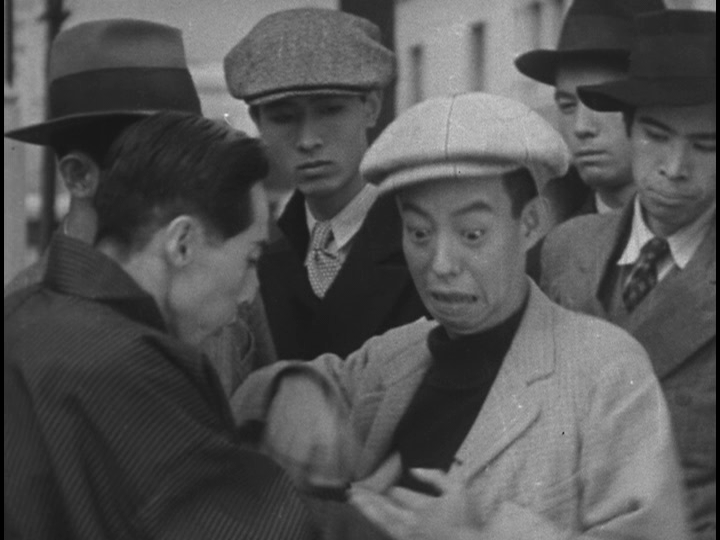
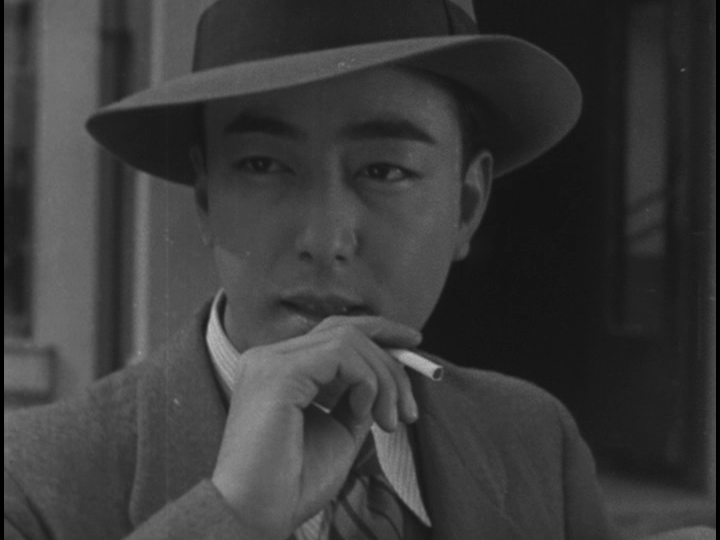
The film opens with a comedic crime caper, featuring a bumbling purse snatcher who’s apprehended by a mob of wary citizens and forced to confess. To escape their grasp, he pulls off a clever switcheroo that we’ve all probably seen elsewhere in other films over the years, but his mugging for the camera and willingness to strip down to his undies right there on the street to prove his innocence serves up a few laughs, and also creates a clever sideways introduction to No Blood Relation‘s core dilemma.

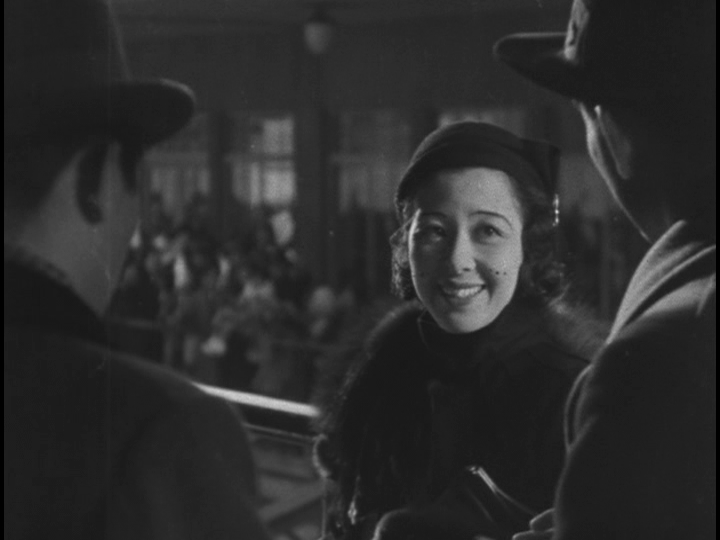
The accomplice who helps the hoodlum escape his captors turns out to be the gangster brother of Tamae, an actor who left Japan six years earlier to pursue her fame and fortune as a star in Hollywood. Now making a surprise return to her native land, she attracts the attention of tabloid photographers and reporters who are justifiably curious about her reasons for coming back home. Tamae drops her guard enough to candidly admit that she’s looking to reunite with her daughter, whose existence had been a well-kept secret until she confided it to the pack of writers standing around her.
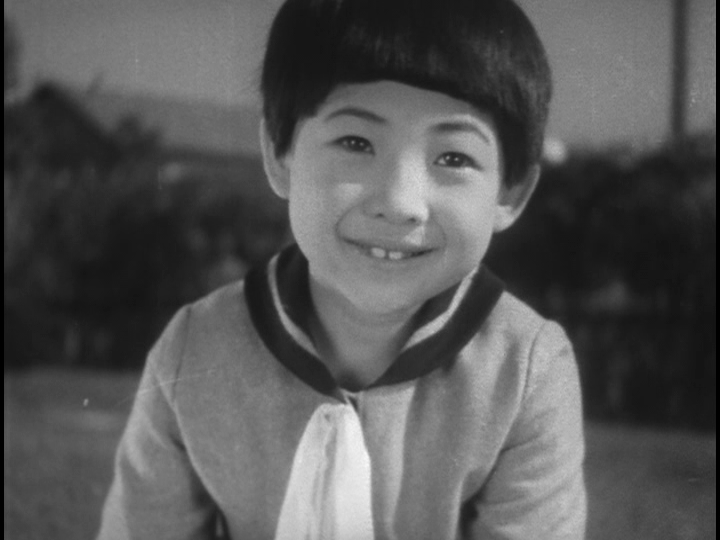
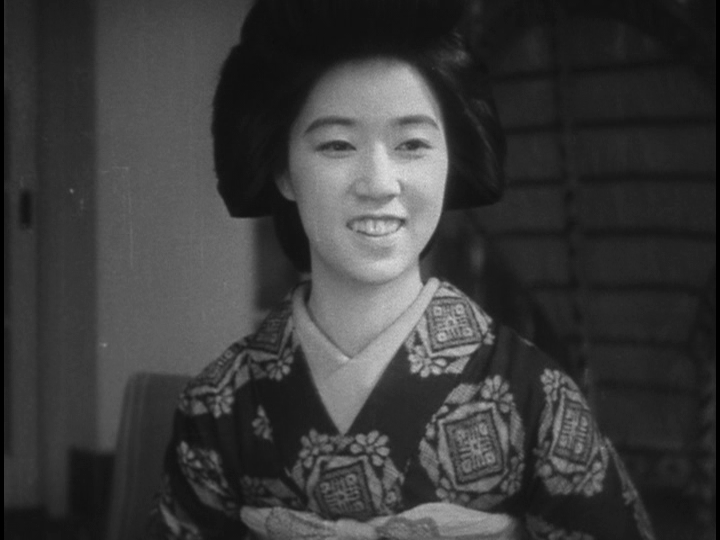
Following this revelation, Shigeko, the daughter that Tamae left behind, is quickly introduced to us. She’s being raised by her father Atsumi, who took a new wife, Masako, shortly after he’d been abandoned by Tamae (which turns out to be a stage name.) Shigeko has never known any mother beside Masako, and has no idea that she has a different biological mother than the woman who’s been caring for her ever since she can remember. Naruse efficiently demonstrates in just a few scenes the utter depth and sincerity of Masako’s dedication, as she practically personifies the conventional ideals of respectable Japanese motherhood despite never having given birth herself.
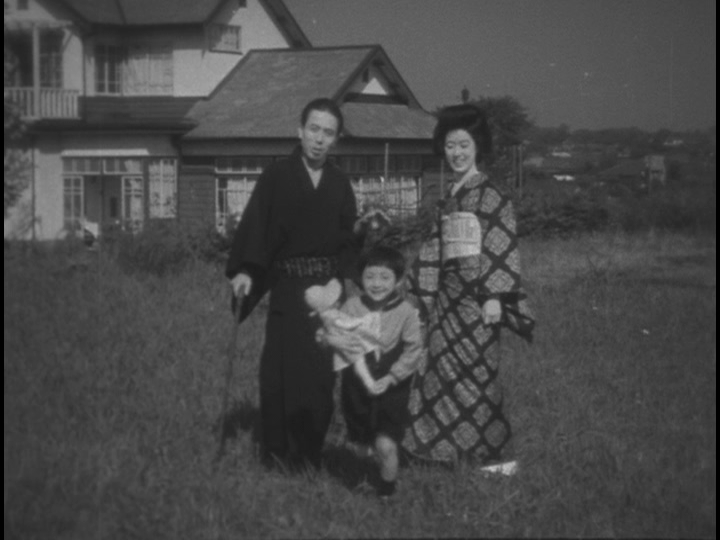
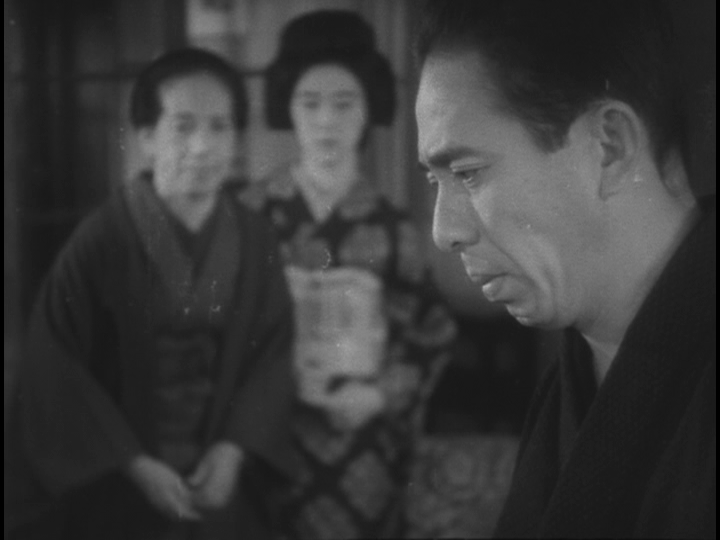
While on the surface of things, it seems like Atsumi and his family are doing just fine, all is not as it appears. The Atsumi household also includes Kishiyo, his mother, who’s been accustomed to living in a degree of comfort and luxury that current economic realities are threatening to disrupt. It’s 1932 after all, and the same Great Depression that was driving down wages and killing employment opportunities in the USA was also doing similar damage in Asia and other parts of the world.
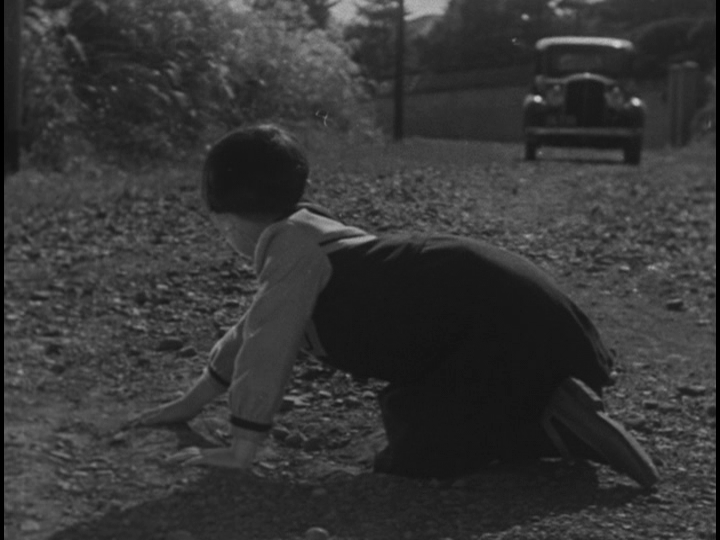
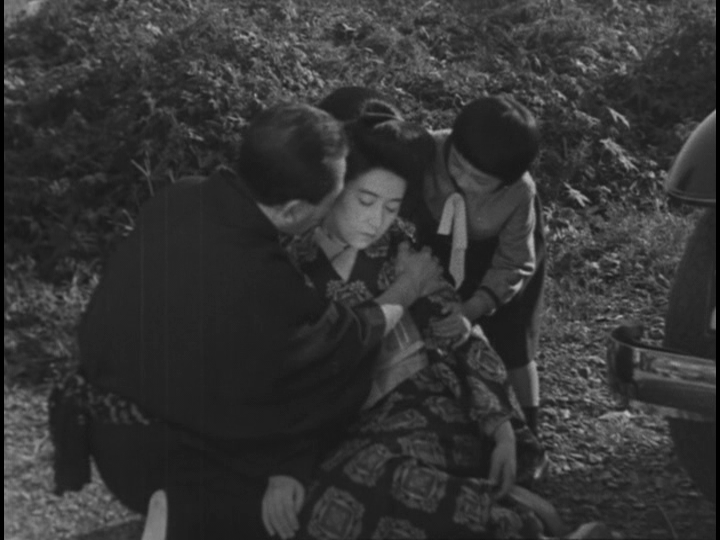
As if that pressure isn’t enough, things get even more critical when one of Naruse’s patented deus ex machina car accidents erupts to ratchet up the tension all the further. Masako is called on to demonstrate her (step-) maternal fidelity and in the process gets conked by a passing automobile. While she’s laid up in recovery, Atsumi now has to face the imminent collapse of his fishing business.

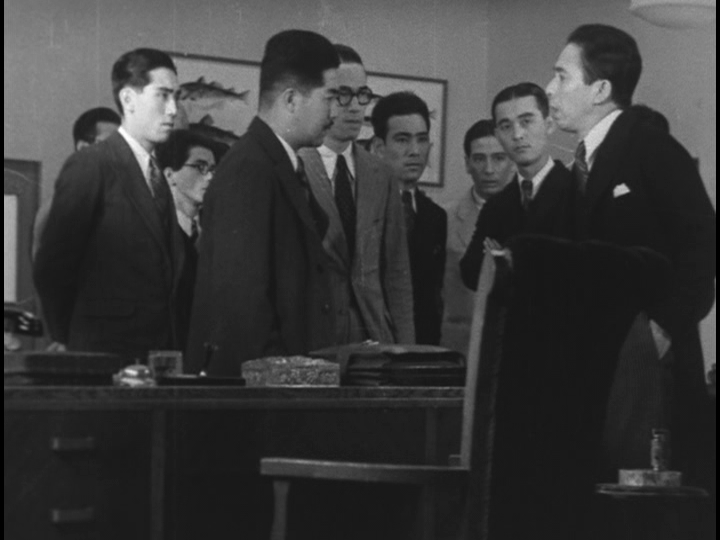
Her ex-husband’s financial vulnerability serves as an opening for Tamae, who seeks an avenue by which she can rebuild the bridges that she knows she burned when she left him and their daughter six years earlier. She’s independently wealthy and has no better way to spend that money than to get back into Atsumi’s good graces, with the intention of restoring her role as Shigeko’s mother. Atsumi, for his part, is not only dealing with the threat of bankruptcy and a crew of angry debtors who will have his hide if he defaults on them. He’s also aware that some shady deals he’s crafted to make ends meet may come back to haunt him if the authorities take a closer look at his business records.

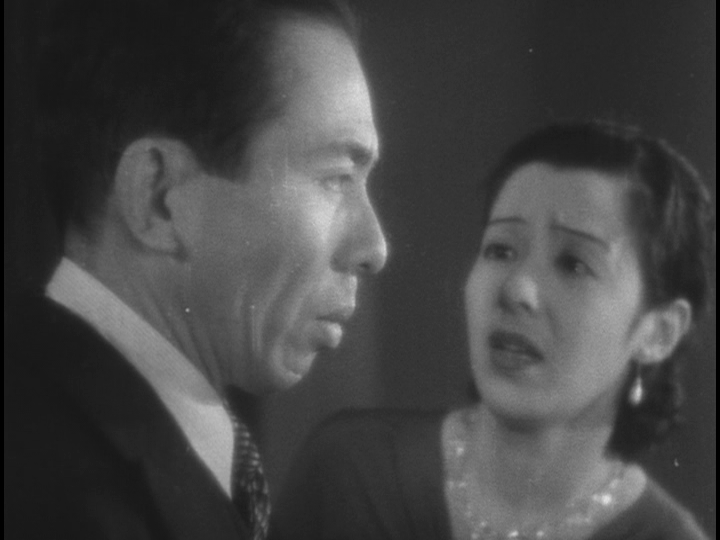
This sets up the first of a few crucial encounters that lend themselves to No Blood Relation‘s lasting impact. Tamae does her best to make her case to Atsumi, dressing up and turning on the charm as well as offering a substantial monetary contribution to bail him out of the current crisis. But he stoically declines her offer, presumably with a full understanding that by turning down this last-ditch rescue, he opens himself up to the worst-case scenario that, sure enough, soon unfolds.
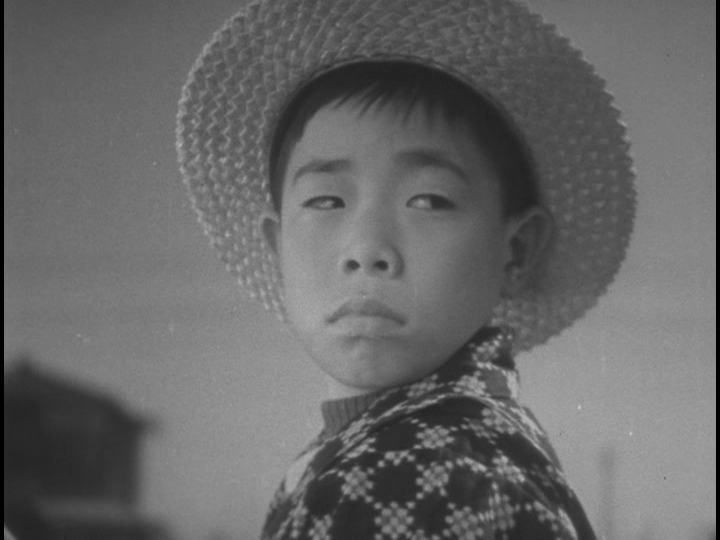
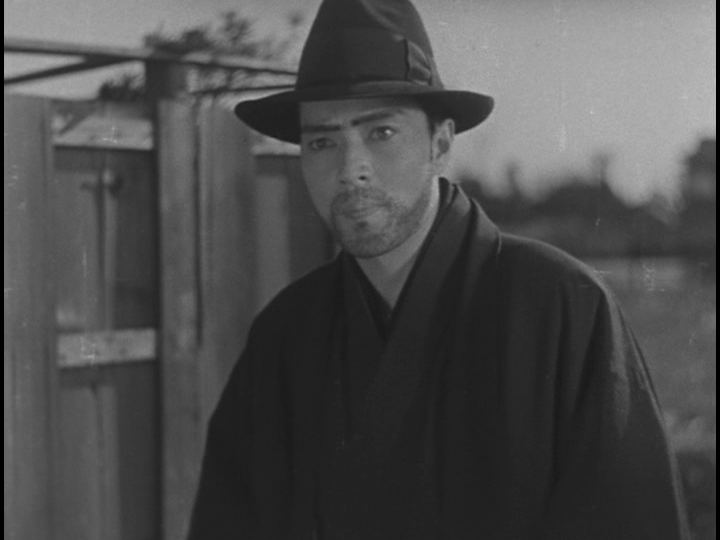
But rather than unspool the soap-opera-ish plot that unfolds over the course of this brief (~80 minute) potboiler, I’d rather bring your attention to a few other highlights of the viewing experience. As a confirmed fan of Tokkan Kozo/Tomio Aoki, one of Japan’s pre-eminent child actors of any generation (who we discussed at some length in Episode 1 of The Eclipse Viewer), I’m happy to report that he has a brief but charming cameo in No Blood Relation. He’s an unnamed “neighbor kid” who generates a few laughs through his futile attempts at fishing from a nearby pond.
I also enjoyed the supporting role contribution of Joji Oka as an old friend (ex-lover?) of Masako’s who’s just returned from Manchuria (military service?) and helps sort out the mess that results from Shigeko’s abduction by Tamae and her gangster brother (with the grandmother’s help.) Though Oka went on to have a lengthy career (lasting into the late 1950s), he didn’t appear in any films that seem likely to bear the Criterion insignia. Still, he has a cool look and manner about him, with his immaculately maintained three-day stubble and penetrating gaze.
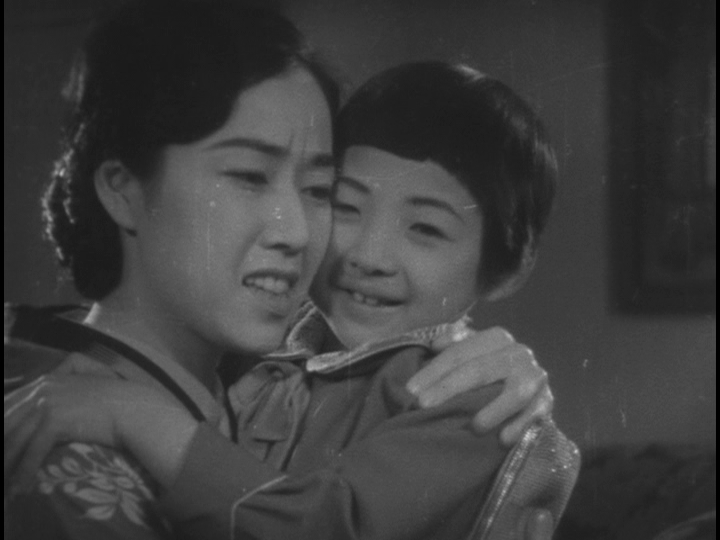
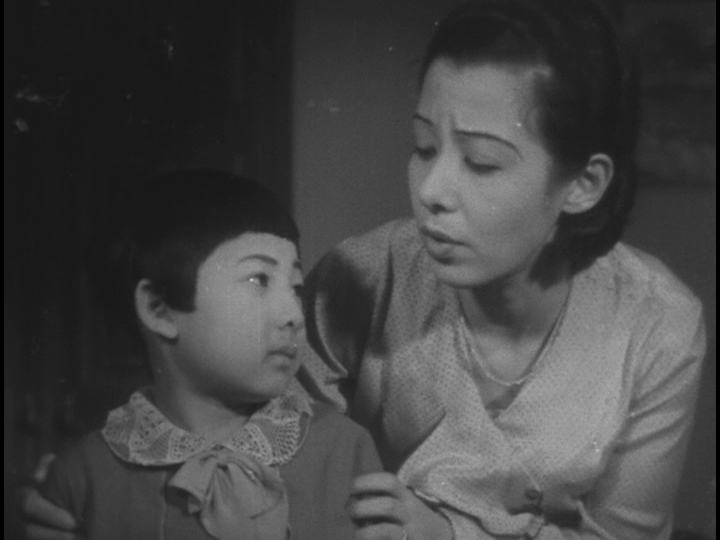
No Blood Relation relentlessly churns away to the inevitable showdown between two strongly determined women who each have very compelling claims to custody of and influence upon Shigeko at her impressionable stage of life. It’s an exquisitely rendered set-up, especially to anyone who’s ever been involved in or closely observed a tricky and contentious child custody battle. Situations of this sort seldom offer any kind of easy way out, and the basic elements of this particular conflict are no different.
Throughout the film, Naruse offers ample demonstration of his growing confidence and command of scene construction, pacing and camera work. His trademark dolly shots that swiftly run up on his actors at crucial moments of conflict and realization are offered on multiple occasions, though some of the edits are still pretty rough. It’s apparent that he was just working with limited time and takes, making the best of what he had to work with, since the focus fluctuates significantly in a few scenes that would certainly have been replaced by his future self (or most any other director who didn’t have to work under such pressing time or money constraints.) The viewer will have to extend a little slack to both Naruse as he’s honing his craft here, and the poor condition of the film throughout, since it’s also clear that Criterion had a very limited range of prints to work with in creating this transfer.
Where we are put to an even more strenuous test though is when we get to the end of the film and all the tensions I described above are swiftly resolved, almost if a studio exec was standing on the set with a stopwatch saying “You’ve got four minutes left to tie up the loose ends, and you better leave the audience smiling as they file out of the theater!” I won’t spell out the denouement here, but I do intend to shred it, with uninhibited relish, when it comes up for discussion on our podcast next weekend! The verdict here is that I’m glad that Naruse went on to have a long and creatively independent career to atone for his sins (though I won’t lay the charge directly at his feet, since he was still a mere director-for-hire, with no clout to push back against the mandated happy ending that must have been pushed upon him at this stage of his professional development.) There are some excellent moments in No Blood Relation, but clearly, the best was yet to come.


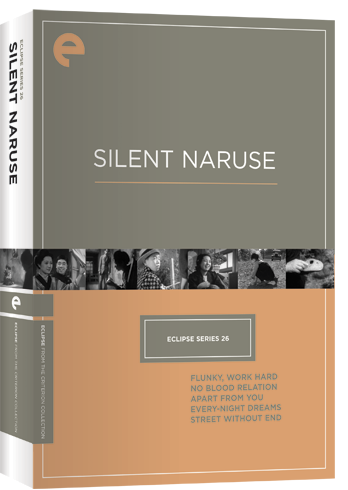
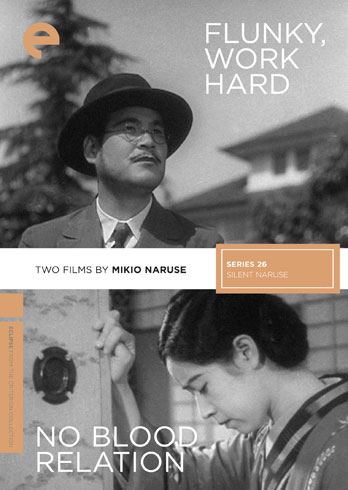

![Bergman Island (The Criterion Collection) [Blu-ray]](https://criterioncast.com/wp-content/uploads/2022/11/bergman-island-the-criterion-collection-blu-ray-400x496.jpg)
![This Is Not a Burial, It’s a Resurrection (The Criterion Collection) [Blu-ray]](https://criterioncast.com/wp-content/uploads/2022/11/this-is-not-a-burial-its-a-resurrection-the-criterion-collection-blu-ray-400x496.jpg)
![Lars von Trier's Europe Trilogy (The Criterion Collection) [The Element of Crime/Epidemic/Europa] [Blu-ray]](https://criterioncast.com/wp-content/uploads/2022/11/lars-von-triers-europe-trilogy-the-criterion-collection-the-element-of-400x496.jpg)
![Imitation of Life (The Criterion Collection) [Blu-ray]](https://criterioncast.com/wp-content/uploads/2022/11/imitation-of-life-the-criterion-collection-blu-ray-400x496.jpg)
![The Adventures of Baron Munchausen (The Criterion Collection) [4K UHD]](https://criterioncast.com/wp-content/uploads/2022/11/the-adventures-of-baron-munchausen-the-criterion-collection-4k-uhd-400x496.jpg)
![Cooley High [Criterion Collection] [Blu-ray] [1975]](https://criterioncast.com/wp-content/uploads/2022/11/cooley-high-criterion-collection-blu-ray-1975-400x496.jpg)